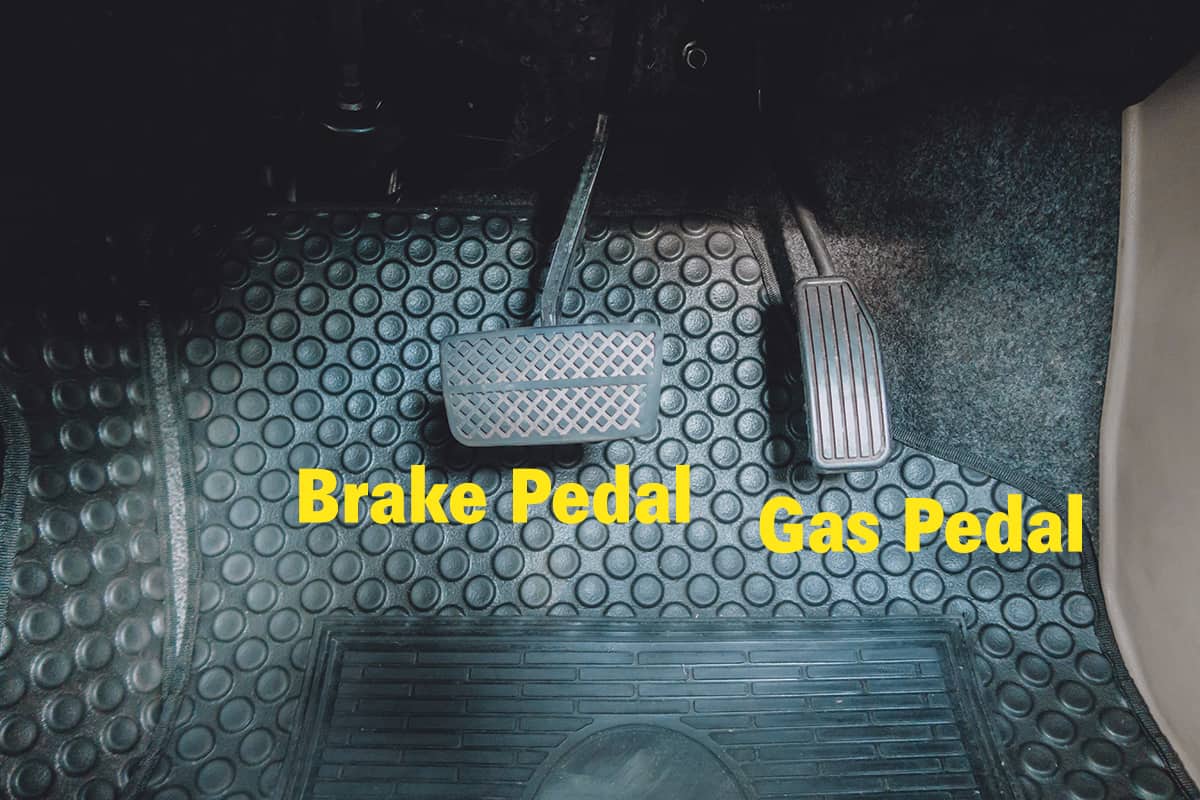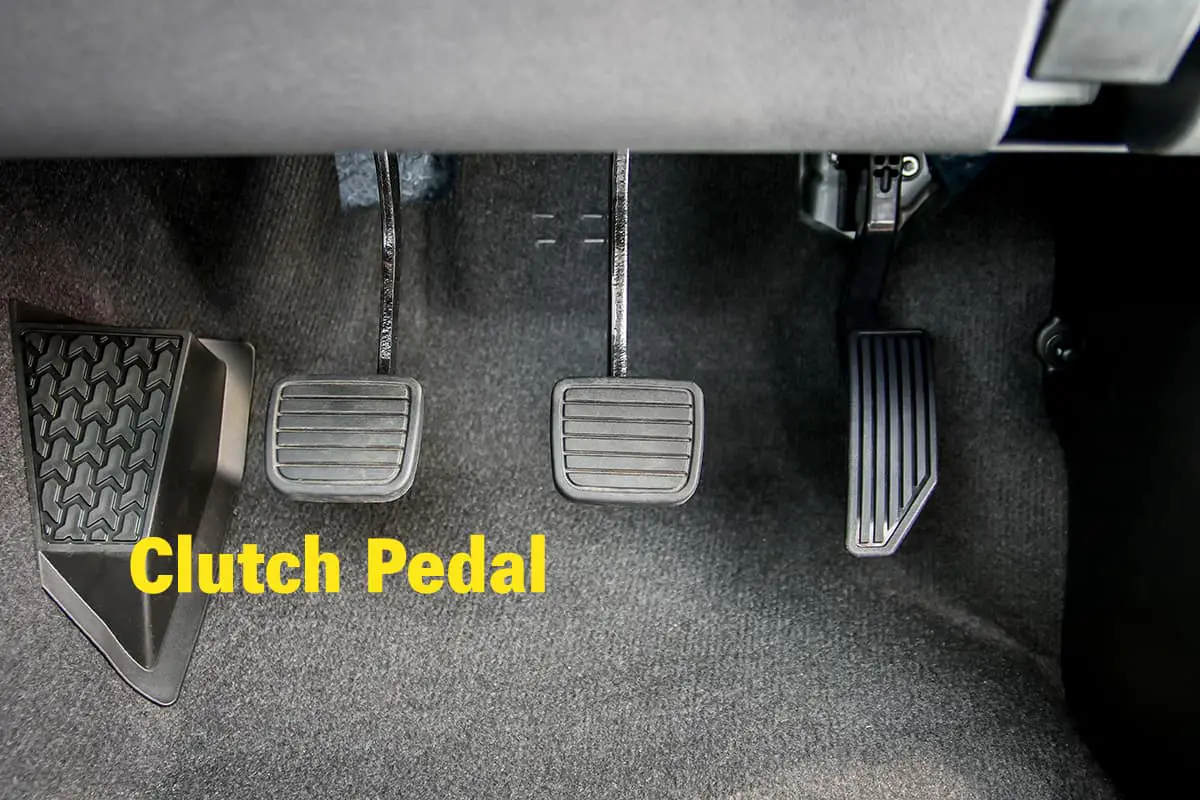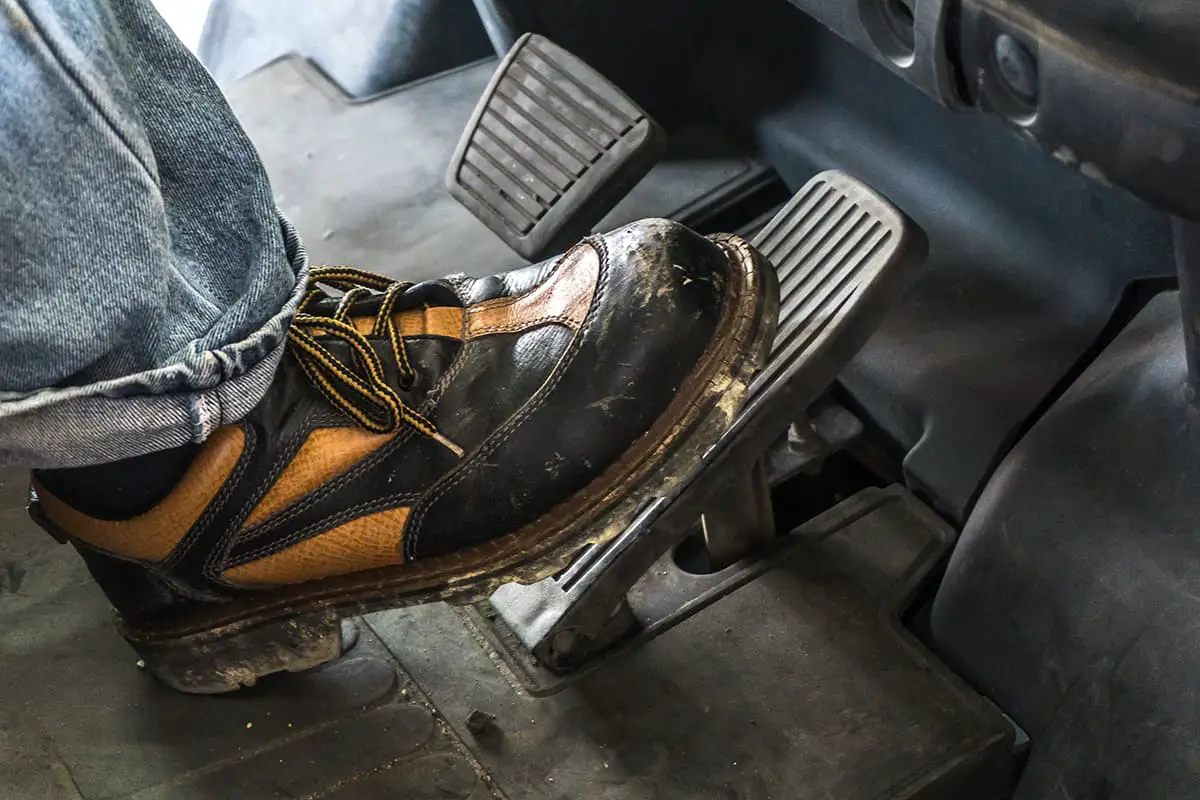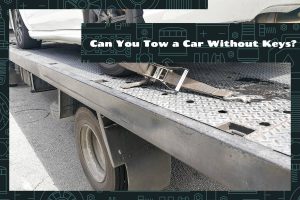For many new drivers, getting behind the wheel of a car can be an exciting and nerve-wracking experience. Learning how to operate the vehicle properly is a critical part of the process, and one of the most important skills to master is knowing which pedal to press when accelerating or braking. However, it’s not uncommon for new drivers to become confused about which pedal is which, especially if they are not familiar with the layout of the car’s interior or the operation of the pedals.
The gas pedal is always located on the right side of the driver’s footwell, regardless of whether the car has an automatic or manual transmission and where you are in the world. This is because the position of the gas pedal is standardized in most countries to ensure consistency across vehicles, making it easier for drivers to adjust to different cars and driving conditions.
In this guide, I’ll explain what each pedal is and where they’re positioned in the footwell, whether your geographical location affects the pedals’ positions, and what happens when you step on or release the gas pedal.
What Are the Pedals?
The source of this confusion for new drivers is that cars come with multiple pedals. Depending on the car’s transmission, there could be 2 or 3 pedals to deal with. This might sound a bit overwhelming for driving newbs, so let’s break them down real quick.
1. Gas pedal

The gas pedal, also known as the accelerator pedal, is used to control the speed of a vehicle. When the gas pedal is pressed, it opens the throttle in the engine, allowing more air and fuel to enter and increasing the vehicle’s speed.
The gas pedal is located on the floor of the driver’s side footwell, to the right of the brake pedal. In most cars, it’s a large, rectangular-shaped pedal that is positioned slightly higher than the brake pedal.
2. Brake pedal
The brake pedal is used to slow down or stop the vehicle. When the brake pedal is pressed, it activates the brake system, which reduces the speed of the vehicle by applying pressure to the wheels.
The brake pedal is located on the floor of the driver’s side footwell, to the left of the gas pedal. In most cars, it’s a rectangular-shaped pedal that is positioned slightly lower than the gas pedal.
3. Clutch pedal (manual transmission only)

For the majority of you living in the US, you don’t have to worry as much about the clutch pedal since only about 18% of you guys own a car with manual transmission.
However, if you’re curious, the clutch pedal is used to engage or disengage the clutch. The clutch is a component that connects and disconnects the engine’s power to the transmission, allowing the driver to shift gears and control the vehicle’s speed.
The clutch pedal is on the left of the brake pedal. In most manual transmission cars, it’s a smaller, rectangular-shaped pedal that is positioned slightly higher than the brake pedal. The clutch pedal is usually made of metal or plastic and may have a textured surface to help prevent the driver’s foot from slipping off the pedal.
Which Foot Controls Which Pedal?
In a vehicle with an automatic transmission, the right foot controls both the gas and brake pedals, while the left foot remains in a resting position on the footrest located to the left of the brake pedal.
In a vehicle with a manual transmission, the left foot operates the clutch pedal, while the right foot operates both the gas and brake pedals. The driver must use the clutch pedal in conjunction with the gas and brake pedals to shift gears and control the speed of the vehicle.
Now, whether or not you can use 2 feet to control a car’s pedal is entirely up to you. If you operate a car with automatic transmission, there’s no law forbidding you from hitting the brake with your left foot. That said, unless you’re a professional racecar driver doing laps on a circuit, there would be no practical reason for you to use both feet while driving a car with automatic transmission.
Does Geographical Location Affect the Gas Pedal’s Placement?
In most countries, the placement of the gas pedal in a vehicle is standardized, regardless of the geographical location. For example, in left-hand drive countries such as the United States and Canada, the gas pedal is located on the right side of the footwell, while the brake pedal is located on the left side. In right-hand drive countries such as the United Kingdom and Australia, the gas pedal is still located on the right side of the footwell, while the brake pedal is located on the right side.
This standardization of pedal placement is designed to make it easier for drivers to adjust to different cars and driving conditions, as well as to maintain consistency across different makes and models of vehicles. However, there may be some variations in the size and shape of the pedals themselves, which can affect how comfortable they are to use for different drivers.
What Happens When You Step on/Release the Gas Pedal?
Several things can happen when your right foot pushes down on the gas pedal.
For starters, if your car is in neutral or in park (automatic transmission only), stepping on the gas pedal will only rev the engine. This can be useful when idling the car, but it will consume more gas.
If your car is in drive and the hand brake is disengaged, it will move forward. Depending on how hard you slam on the gas pedal, your car will accelerate at the speed of light (not literally) or gain speed slowly. In cars with automatic transmissions, your car will move at a slow crawl.
Please note that when driving a car with a manual transmission, you need to balance the clutch pedal with the gas pedal to ensure the engine doesn’t die. This is probably why so many people don’t bother learning how to drive stick.






